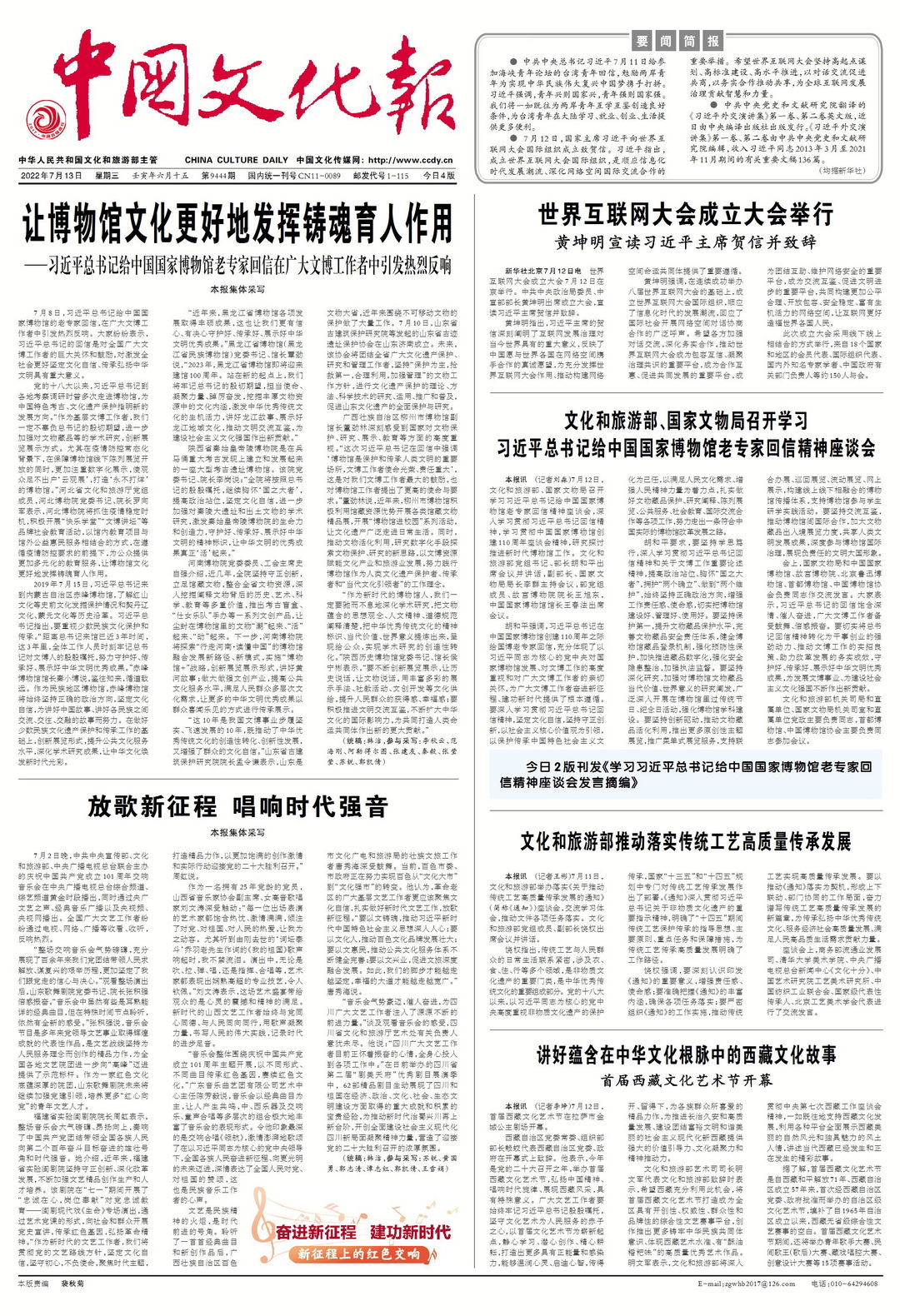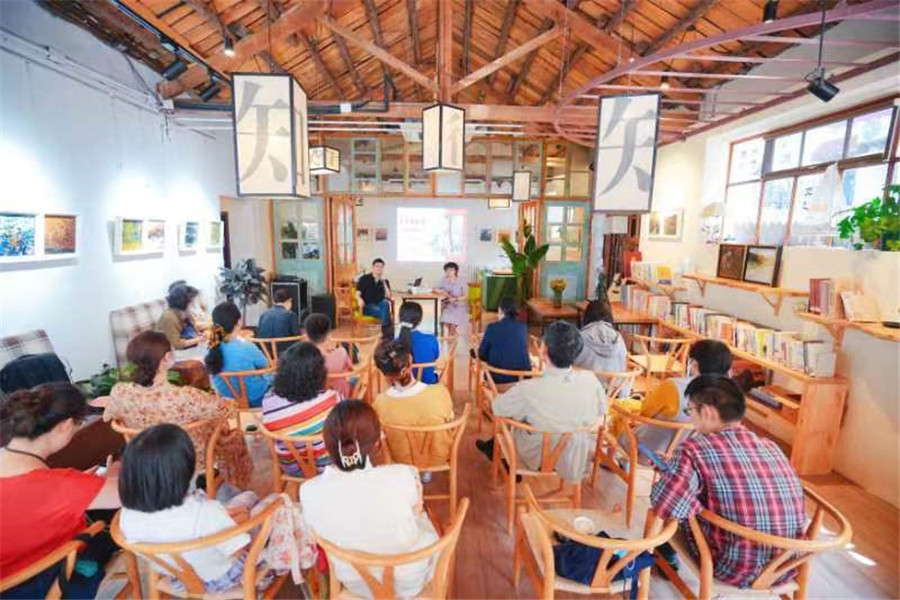"Big River Turburning" is specially reported ︱ Mingyue still follows fertile
Author:Tianshan.com Time:2022.08.11

On August 2nd, overlooking the source of the Tarim River, the first division of the first division of the Xinjiang Production and Construction Corps, the source head of the 16th regiment of the 16th Regiment of the Xinjiang Regiment. Reporter Zou Yi Photo
Renjiang
The Tarim River, China's largest inland river, 2486 kilometers of Pentium Road, is not not prominent among many large rivers and rivers, but is known for its collection of 144 rivers. On the 1.02 million square kilometers of land, on the edge of the arid and hot desert, there are legends and legends everywhere.
In the most rustic and ruthless long yellow sand, the world's largest original ecological ecological ecological ecological ecological ecological forest was grown. Tun Tian is the longest and tenacious historical memory.
Nowadays, following the rushing river water, along the two -strait Hu Yanglin, farmland, and ruins along the way, the memory of the river never faded in the wind and sand.
In 60 BC, the Western Regions Metropolis Prefecture was established. The Western Han government in the canal plow (now Wei Li) and the wheel (currently) in the middle reaches of the Tarim River opened the canal to Duishuita Tun Tun Tun Valley, and opened Xinjiang Tuntian.
The vast Tarim River River Basin is an excellent place in Tuantian. Tuantian gradually advanced to the upstream and downstream of the Tarim River. Near Loulan, Tuantian developed to a considerable scale. The Dunhuang people led the thousands of soldiers and Dunhuang soldiers, and they also convened thousands of soldiers of Shan, Xun, and Guizi. "Water Sutra Note).
From the Western Han Dynasty to the Wei and Jin dynasties, the sea was flowing and the wind and clouds changed. In the late Western Han Dynasty, Tuantian expanded to the middle of the Tarim River and upstream. After the Wei, Jin, the Northern and Southern Dynasties and the Sui Dynasty, in the Tang Dynasty, Tuantian had a greater development, with a total of 56 Tuns, and Tuantian Dalima River's source of Shule. Today, when you come to Kuqi City, Shaya County, Xinhe County and other places, the relics of Tang Dynasty reclamation in Tang Dynasty, such as granary, large pottery pots, and round grain storage pit abound.
Tuantian not only achieved the edge, but also promoted the progress of Xinjiang's agricultural technology, and drove industries such as the smelting industry, manufacturing, handicraft industry. Advanced agricultural tools and water conservancy engineering technology were brought from the Central Plains to the Western Regions. From Han to Tang, the social and economic development of the Tarim River Basin has been improved to a considerable level.
Lin Zexu, who knows the world, stayed in the Tarim River Basin. After Lin Zexu was degraded by Yili, Xinjiang, he led the local people to build water conservancy, vigorously reclaimed, and promoted advanced production technology.
The Tuantian, which has been implemented in the Tarim River Basin, has continued for more than 2,000 years. History has proven: "Tuantian Xing, Western Regions, Silk Road; Tuantian Waste, Western Regions, Silk Road.
The past thousand years. Today, walking on both sides of the tower is full of vitality and rising oasis. Inheriting and continuing the history of Tuantian, the Xinjiang Production and Construction Corps is writing the reclamation chapters beyond the dynasties. In the edge of the reclamation of the Corps, the Corps is supported by high -efficiency water -saving technology. Every drop of water in the Tarim River River Basin is used to create a record of Xinjiang agricultural production. Typical Chinese agricultural advanced productivity.
The torrential river water is not endless; Since the since Han Dynasty, Tunton in the Tarim River Basin has stretched for two thousand years. The people who died under the lack of Kantoneman, and then went to the officials who went to Daqu to hold pants, and the history of Tuantian was the history of the people of all ethnic groups in Xinjiang under the leadership of the central government. It is with Tuantian that there is the bank of the river today, and the oasis flourish. This is the evidence of history, this is the seal of the human heart.
- END -
Let the museum culture better play the role of soul casting and educating people | General Secretary Xi Jinping responded to the old experts of the National Museum of China in the National Museum of Chinese Museums that caused a warm response among the majority of cultural bloggers

On July 8th, General Secretary Xi Jinping wrote to the old experts of the National...
"Reading Classic · Pinshi South" lights up the brightest "Star" in "Qingdao Past"
